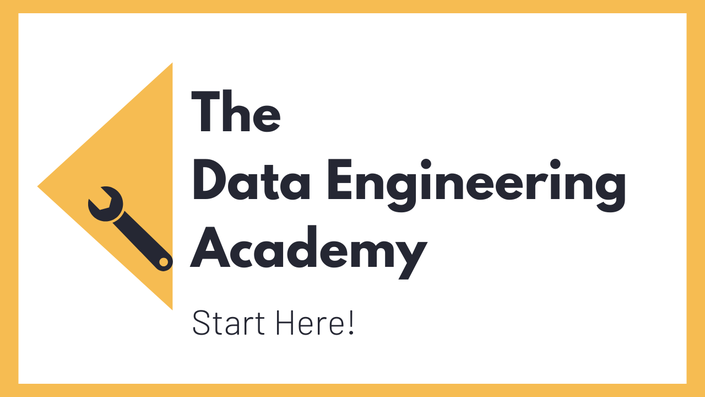Description
Docker is one of the most popular open source platforms that every Data Engineer should know how to work with. It is the best alternative to Virtual Machines nowadays as it is very clear and lightweight to use. With Docker, you can deploy your own code or run tools on your cloud, for example. It enables you to package applications into self sustained images that make it way more controllable compared to other technologies.
In this fundamentals training you will learn all the basics you need to master the Docker game in your job as a Data Engineer!
Sections
Docker Concept
First of all, we look at the concept of virtual machines and Docker. Learn about the most important differences and why Docker is the better platform for today’s Data Engineering world. You also get to know the most important terms and concepts within Docker that you will repeatedly come across: images, containers, registries and tags and so on. Then, you install Docker as your development environment via Docker Desktop.
In the second part of this section, we have a look around DockerHub. Learn what it is and where you can download prepared images from vendors or independent developers. You can use those images later on for your deployment in production or the development and testing on your machine.
Hands-on Part
In the practical part of this training, the aim is for you to understand how Docker actually works. You first download and start some prepared images from DockerHub via the command line or Docker Compose. Then you develop and run a simple image on your own before getting into a bit more complex one where you need to add additional modules.
After creating your images you will set up your image repository on DockerHub. You will finally upload an image for others to fully understand how to work with DockerHub works.
Docker in Production
So that you understand how Docker is actually used in the Data Engineering world, we look at the deployment of containers in production. You learn about the various options on how to run containers on a cloud platform via different services. Last but not least, we have a quick look at some security best practices. This way you learn how to secure your container from external accesses and misuse.
I also added a video on Portainer which is great for monitoring and managing your Docker environments, images and containers.
Start now:
Docker Fundamentals is included in our Data Engineering Academy and also available as Free Lab





